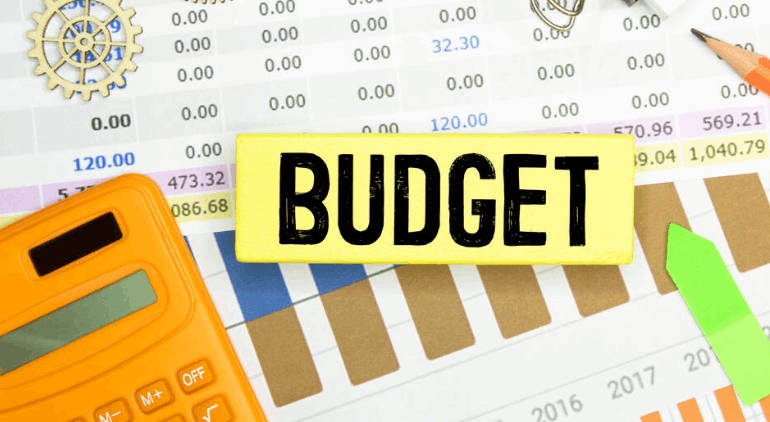Influencer marketing has revolutionized the way brands grow online. On average, brands generate an impressive $5.20 for every dollar they spend on influencer marketing. However, creating a successful influencer marketing campaign can be challenging. In this article, we’re giving you a step-by-step guide on how to plan and execute a successful influencer marketing strategy. Let’s get started.
Creating an Influencer Marketing Strategy – A Step-by-Step Guide

Step 1: Identify Your Goals and Target Audience
The first step is to determine whom you want to target and what you want to achieve. Your goal could be building brand awareness, driving more traffic to your website, or generating sales.
Setting clear goals will help you determine the type of:
- Influencer you should work with
- Campaign you should run to achieve desired results
Identifying the right social media platforms is crucial to finding your target audience. Focus on the ones where your audience spends their time. This will also help you identify the right influencers and achieve your goals cost-effectively.
Step 2: Find Potential Influencers
The next step is to find a short list of influencers that could help you promote your business. The key here is to find someone whose audience matches your target audience.
It’s also important to look beyond the number of followers and consider their engagement rates, the relevance of content, and authenticity.
Also, consider working with micro-influencers. Although micro-influencers have a smaller following, it tends to be more engaged. Plus, they’re more cost-effective, which means you can generate desired results even with a limited budget.
Step 3: Engage with the Influencers
Once you have a short list of potential influencers, it’s time to reach out and let them know about the business opportunity. Your first job is to get noticed. Engage with their content by liking, commenting, and sharing it before reaching out.
Plus, when you reach out, make sure to offer them something valuable upfront. And since they probably get a lot of similar messages, you want to stand out to get noticed.
Once you’ve decided to work with someone, provide them with clear guidelines for the campaign. This is to ensure that their content is relevant to your brand and meets its quality standards.
Step 4: Determine the Type of Campaign
Once you’ve picked the most suitable influencer to work with, determine which type of campaign will bring the best results. Popular influencer marketing campaigns include:
- Sponsored posts
- Product reviews
- Giveaways
Each type of campaign has its pros and cons; choose the one that aligns with your brand’s goals.
Sponsored Posts
These involve paying a social media influencer to promote your brand or a particular product in their post. The monetary compensation for these posts can vary depending on factors like the influencer’s following, their engagement rates, and more. Sponsored posts are normally used to reach a large audience, making them effective in increasing brand awareness.
Product Reviews
This involves sending or sharing your product with an influencer and asking them to review it for their audience. Product review campaigns are ideal for driving sales.
Giveaways
Giveaways, as the name suggests, involve offering a prize to the influencer’s audience in return for a particular action. This action can be anything from following your brand on social media to signing up for your newsletter. Giveaways are great for building a following and increasing engagement.
Step 5: Create a Budget

- The influencer’s following
- Their engagement
- Your industry
- The type of campaign
- The platform
- The action you want their audience to take
- And maybe more
Ultimately, you’ll have to effectively communicate with them to decide on an appropriate budget and create a win-win situation. Note that money isn’t the only type of compensation; if you’re short on budget, consider adding something else to the deal, for instance, a free product.
You’ll also have to consider the cost of creating content for the campaign. And the overall cost of your campaign will also depend on the platform you choose. For instance, Instagram influencers tend to charge more than TikTok influencers.
Step 6: Negotiate Terms
After determining the type of campaign, negotiate the terms of the partnership with the influencer. Discuss content creation, compensation, and posting schedule, and make sure you both are on the same page right off the bat.
For instance, decide on the ownership of the content to avoid potential disputes later. It’s important that both parties agree on the terms and that all the terms are in a contractual form.
Step 7: Track and Measure Results
Finding the right influencers, negotiating and engaging with them, and determining the type of campaign and campaign budget are important.
But, you can’t be too sure about the effectiveness of your strategy unless you track and measure its results. Thankfully, there are plenty of affordable social media analytics tools to help you monitor your influencer marketing strategy.
Important things to monitor are:
- Engagement
- Reach
- Conversions
Tracking is crucial for identifying any loopholes or improvement opportunities in your campaign. It’s the only way you can make sure you’re moving in the right direction. At any stage, if you think the campaign isn’t performing well, talk to the influencer, and don’t hesitate to make the necessary changes.
FAQs
Is influencer marketing a tactic or strategy?
Influencer marketing can be considered as a tactic that helps brands get in front of relevant people quickly.
What is a good influencer strategy?
Sponsored content on social platforms with your target audience is a good influencer strategy.
Which tool is commonly used for influencer marketing?
Tools can help you find the right influencers, manage your campaigns, and track their performance. Some of them include Traackr, Awario, and Upfluence.
How to Create an Influencer Marketing Strategy: Wrapping Up!
Influencer marketing is a powerful way to achieve your marketing goals. But, to make it work, careful planning and execution are a must.
You need to:
- Identify your goals and target audience
- Find potential influencers and filter out the best one
- Engage and negotiate with them
- Determine the type of campaign
- Create a budget
Lastly, track your results and be ready to adjust your strategy whenever necessary. This involves talking to the influencer to make necessary tweaks to make sure you’re moving in the right direction.
You May Also Like:



